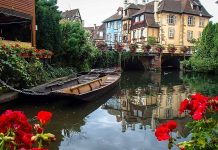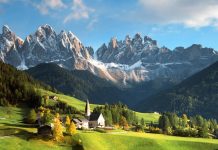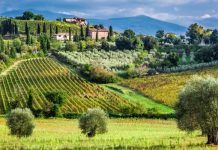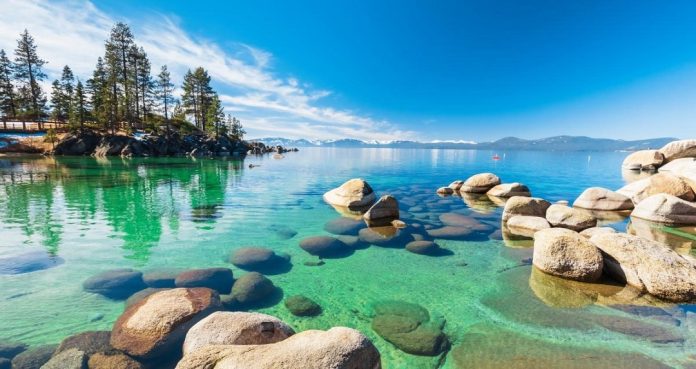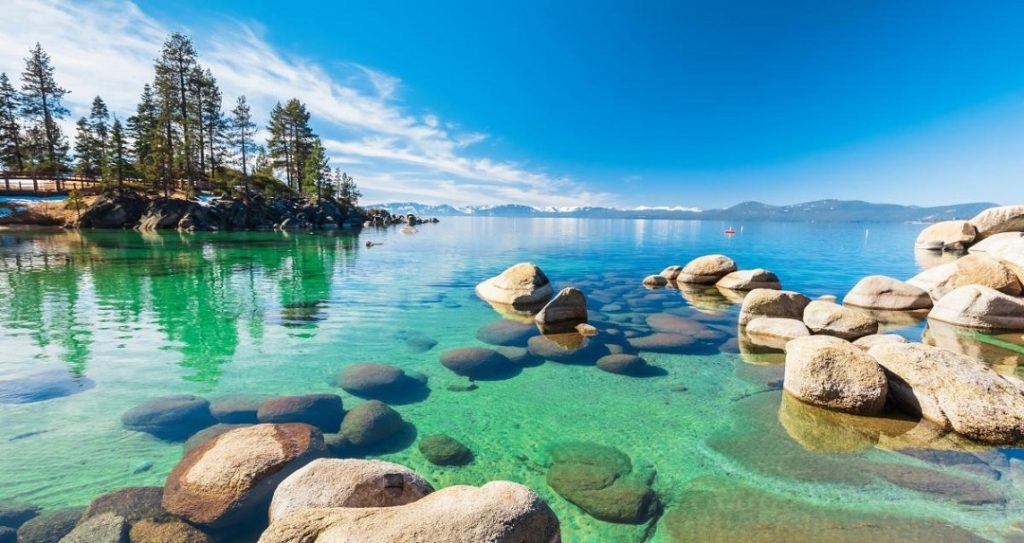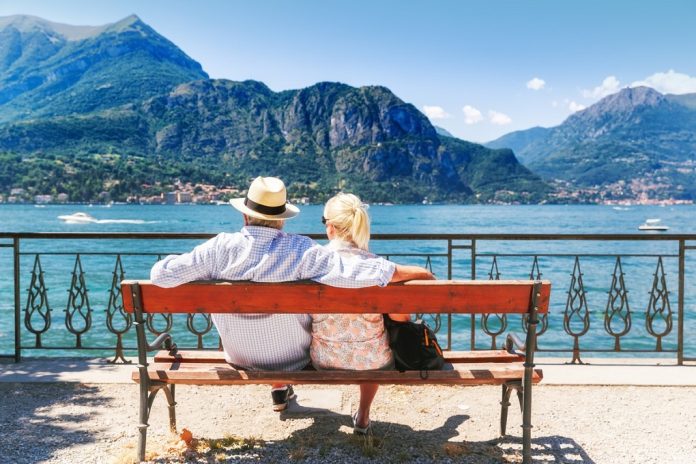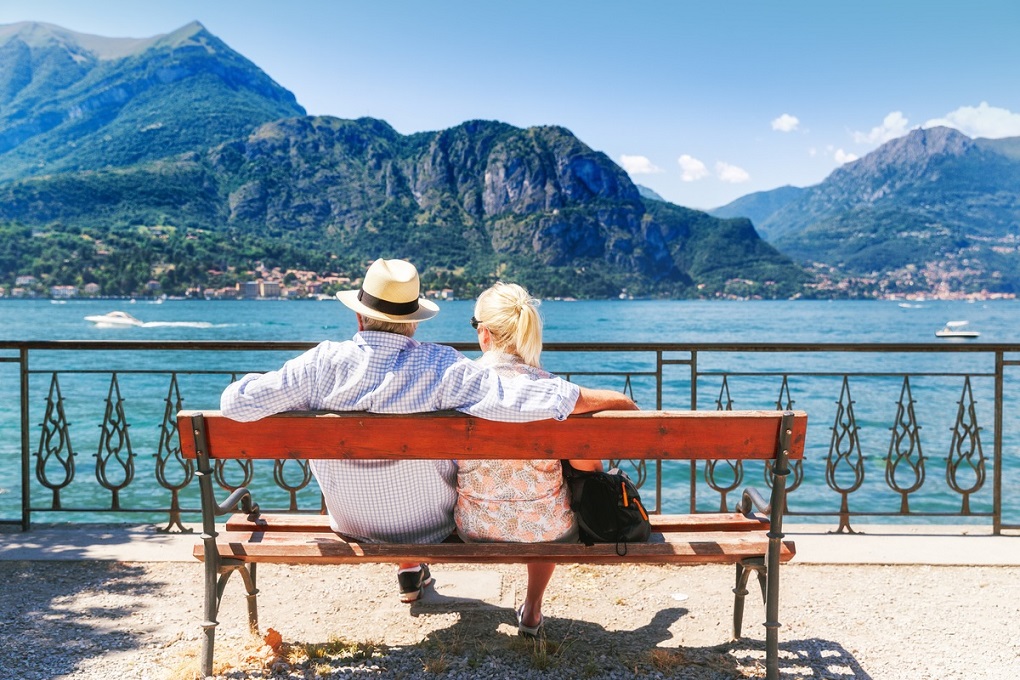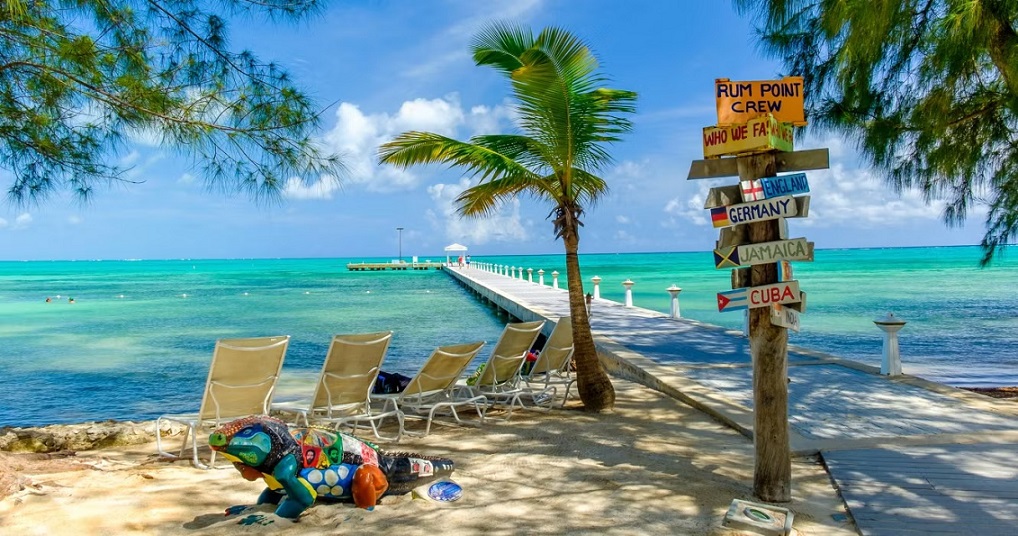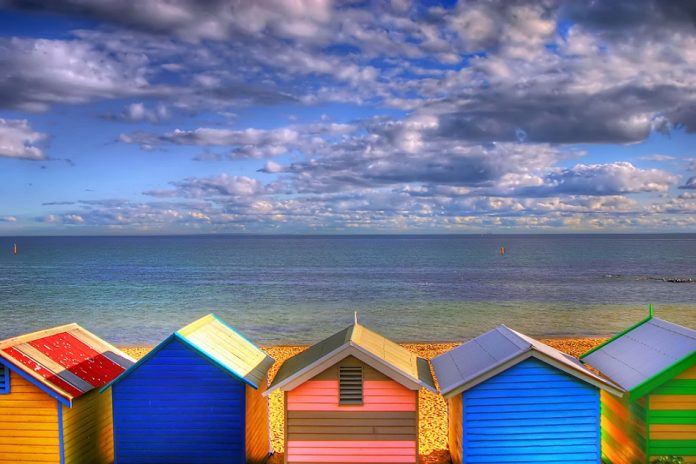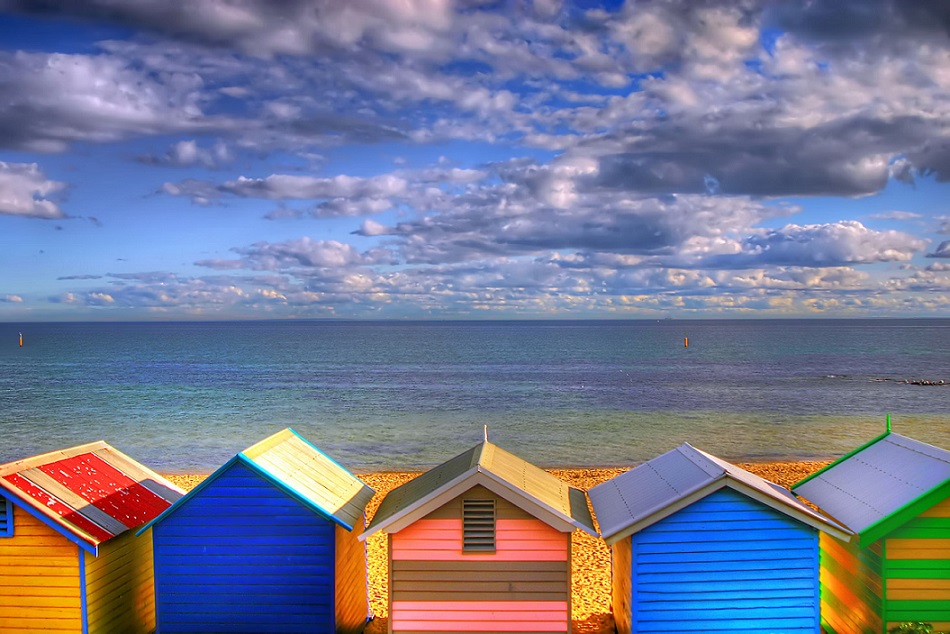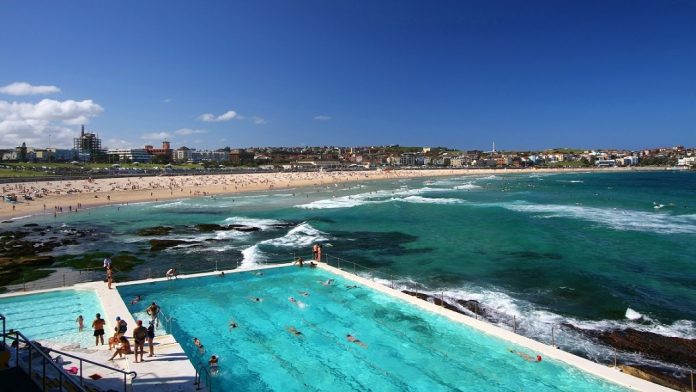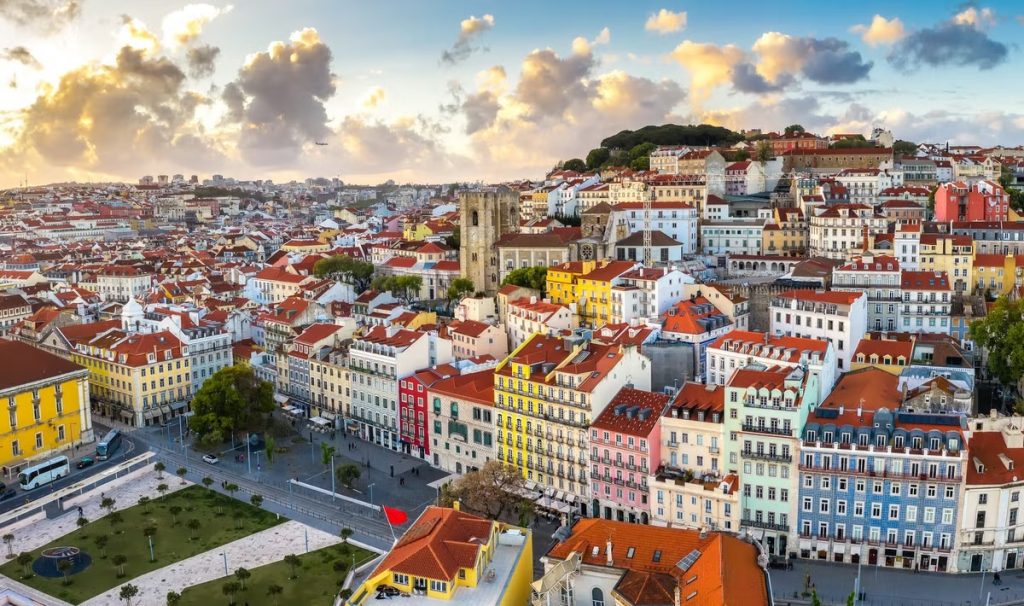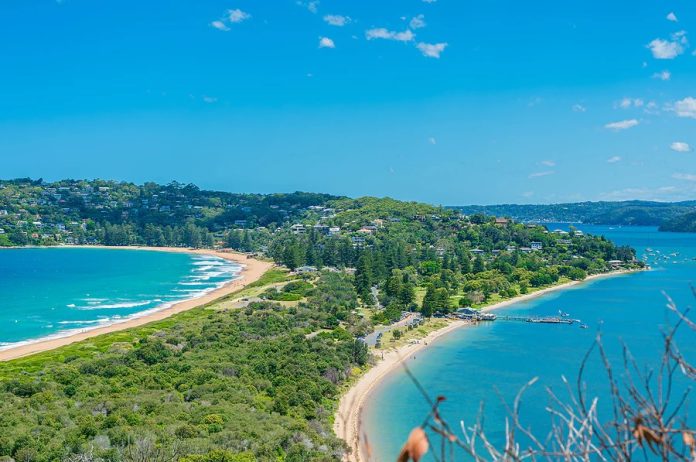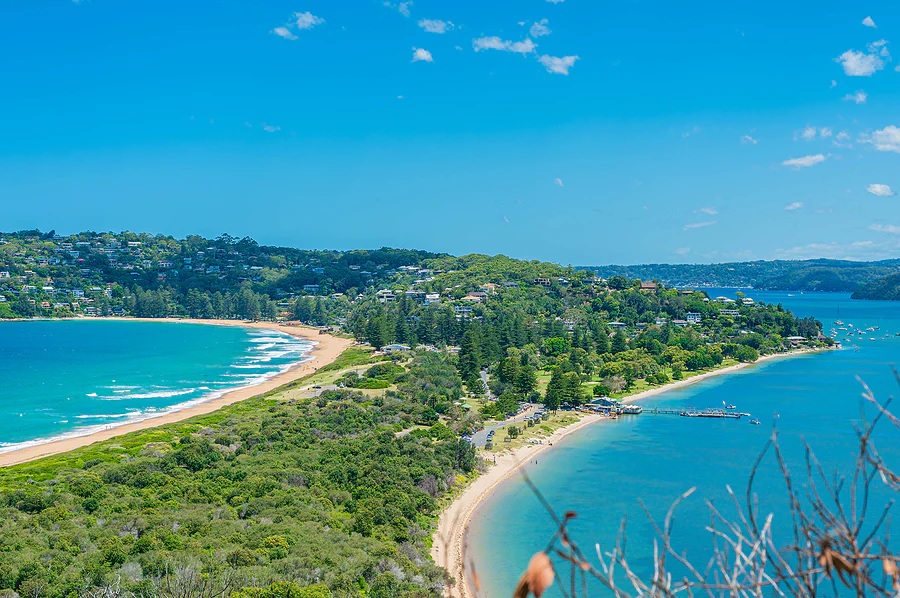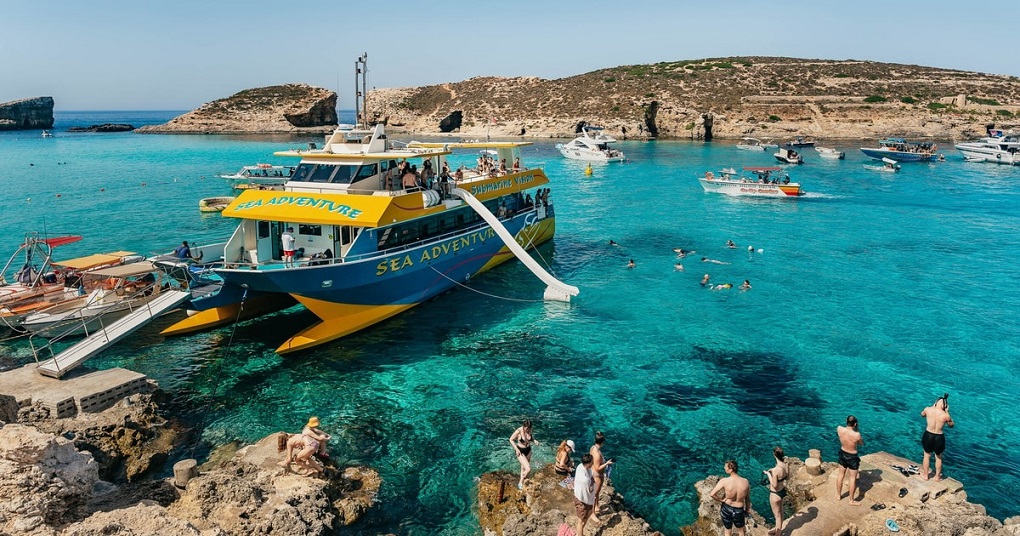
Douro Valley: A World Heritage Wine Country Escape
Nestled in the rugged landscapes of northern Portugal, the Douro Valley is a breathtaking destination where terraced vineyards cascade down steep hillsides, the Douro River meanders through picturesque villages, and centuries of winemaking tradition come to life. Recognized as a UNESCO World Heritage Site since 2001, this enchanting region offers an unforgettable escape for wine lovers, nature enthusiasts, and culture seekers alike.
A Landscape Carved by Time
The Douro Valley’s dramatic scenery is the result of centuries of human labor. Ancient stone terraces, known as socalcos, were painstakingly built by hand to cultivate vines on the steep slopes. These terraces not only create a visually stunning panorama but also help prevent soil erosion and optimize sun exposure for the grapes.
The Douro River, the lifeblood of the region, winds through the valley, offering spectacular viewpoints such as São Leonardo de Galafura and Miradouro de Casal de Loivos, where visitors can take in sweeping vistas of vine-covered hills and winding waterways.
The Birthplace of Port Wine
The Douro Valley is the oldest demarcated wine region in the world, established in 1756. It is most famous for producing Port wine, a rich, fortified wine that has been exported from Portugal for centuries. However, the region also excels in high-quality Douro DOC wines, including robust reds, crisp whites, and elegant rosés.
Must-Visit Quintas (Wine Estates)
- Quinta do Crasto – Known for its luxurious wines and stunning infinity pool overlooking the valley.
- Quinta da Pacheca – Offers wine tastings, barrel-aged experiences, and even wine-themed spa treatments.
- Quinta do Seixo (Sandeman) – A historic estate with panoramic views and expert-led tastings.
- Quinta de la Rosa – A family-run winery offering intimate tours and riverside dining.
Many quintas provide guided tours where visitors can learn about the winemaking process, from grape harvesting to aging in oak barrels, followed by tastings of premium wines.
Scenic River Cruises & Train Rides
One of the best ways to experience the Douro Valley is by boat. River cruises range from short scenic trips to multi-day journeys, with options including traditional rabelo boats (once used to transport wine barrels) and luxurious modern vessels.
For a land-based alternative, the Linha do Douro railway offers a spectacular ride from Porto to Pinhão, passing through vine-covered slopes, tunnels, and charming riverside towns. The historic Pinhão train station is adorned with beautiful azulejo tiles depicting scenes of wine harvests.
Gastronomy: A Feast for the Senses
The Douro Valley’s cuisine is deeply rooted in tradition, featuring hearty dishes that pair perfectly with local wines. Must-try specialties include:
- Bacalhau à Brás (shredded cod with eggs and potatoes)
- Francesinha (a rich, meat-filled sandwich with melted cheese and beer sauce)
- Arroz de Pato (duck rice)
- Posta Mirandesa (a succulent beef steak from the region)
Many restaurants, such as DOC (by chef Rui Paula) and Castas e Pratos, offer gourmet dining experiences with panoramic river views.
Where to Stay: From Quintas to Luxury Hotels
Accommodations in the Douro Valley range from rustic countryside inns to opulent five-star retreats:
- Six Senses Douro Valley – A luxury spa resort set in a restored 19th-century manor.
- The Vintage House Hotel – A riverside hotel with elegant décor and fine dining.
- Quinta Nova Luxury Winery House – A boutique hotel with vineyard views and wine-centric experiences.
- Casa Cimeira – A charming rural guesthouse offering authentic Portuguese hospitality.
Beyond Wine: Cultural & Outdoor Activities
- Explore Historic Villages: Visit Lamego, home to the stunning Nossa Senhora dos Remédios Sanctuary, or Peso da Régua, the gateway to the Douro wine region.
- Hiking & Cycling: Trails like the Caminho do Douro and PR4 Pinhão offer breathtaking routes through vineyards and forests.
- Olive Oil & Almond Tours: Some quintas produce olive oil and almonds, offering tastings alongside wine experiences.
Best Time to Visit
- Spring (March-May): Blooming almond trees and mild weather.
- Harvest Season (September-October): Lively grape-stomping festivals (lagares).
- Autumn (November): Golden vineyards and fewer crowds.
Final Thoughts
The Douro Valley is more than just a wine destination—it’s a sensory journey through history, nature, and culinary excellence. Whether sipping world-class Port by the river, cruising past terraced vineyards, or indulging in farm-to-table cuisine, this UNESCO-listed paradise promises an unforgettable escape.



